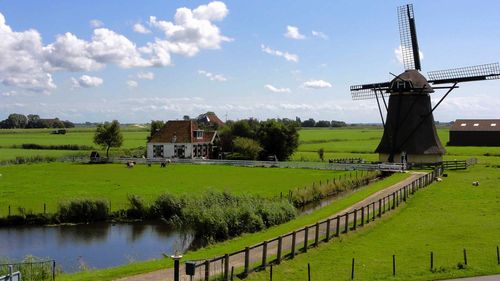Introduction
As a business development professional, your resume is your gateway to securing an interview with your prospective employer. A well-crafted resume can help you stand out in a crowded job market and give you an edge over other applicants. However, crafting a winning resume is not an easy task. It requires creativity, research, and attention to detail. This article will provide you with a step-by-step guide on how to create a winning business development resume that attracts the attention of hiring managers.
Step 1: Determine the Purpose of Your Resume
The first step in crafting your business development resume is to determine its purpose. Are you targeting a specific industry or role? Once you have determined your resume’s purpose, you should tailor your resume to the specific job or industry. Identify the skills, achievements, and experiences that are most relevant to the job and highlight them in your resume.
Step 2: Identify Your Key Achievements
Your key achievements are the accomplishments that make you stand out as a candidate. Identify your significant successes in your career, including project successes, sales achievements, and other notable contributions. Use numbers and data where possible to provide evidence of your accomplishments.
Step 3: Create a Professional Summary
Your professional summary is the opening statement in your resume and should highlight what you bring to the table as a candidate. Use your professional summary to sell yourself and convince the hiring manager to keep reading your resume.
Step 4: Highlight Your Relevant Skills
One of the most crucial sections of your business development resume is your skills section. This section should highlight your most relevant skills for the job. Use a bulleted list to make it easy to read and highlight your most critical skills at the start.
Step 5: List Your Professional Experience
The professional experience section is where you highlight your work history. Be sure to include your most recent work experience and go back six to ten years. Use bullet points to describe your responsibilities and achievements.
Step 6: Incorporate Relevant Case Studies and Example Projects
To give hiring managers a good sense of your work, incorporate case studies and example projects into your business development resume. Highlight the success of your projects, including the challenges you faced and how you overcame them.
Step 7: Proofread Your Resume for Errors
Ensure that your business development resume is polished and error-free. Proofread it carefully for mistakes and eliminate any typos. Have someone else take a look at it, and consider seeking the services of a professional proofreader.
Conclusion
Crafting a winning business development resume requires attention to detail and creativity. Ensure that your resume is tailored to the specific job or industry, identify your key achievements, create a professional summary, highlight your relevant skills, list your professional experience, incorporate relevant case studies and example projects, and proofread your resume for errors. By following these steps, you can create a resume that will help you stand out in a competitive job market and secure your next business development job.
(Note: Do you have knowledge or insights to share? Unlock new opportunities and expand your reach by joining our authors team. Click Registration to join us and share your expertise with our readers.)
Speech tips:
Please note that any statements involving politics will not be approved.
